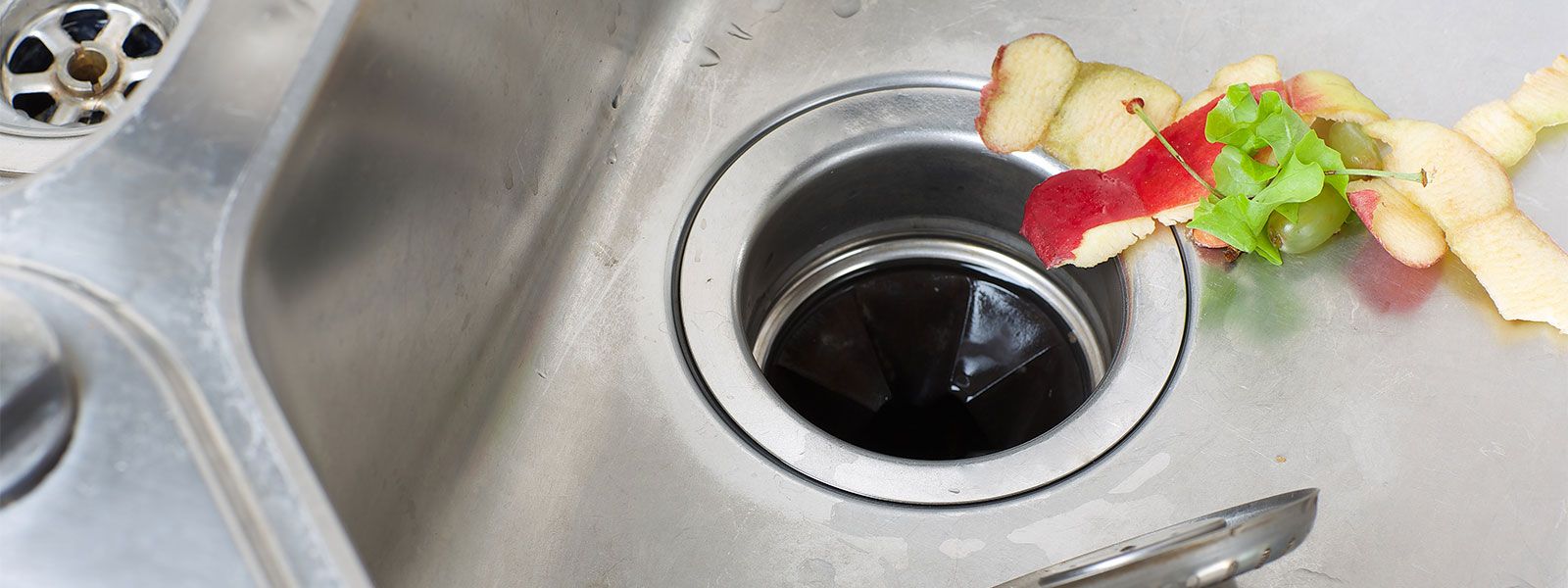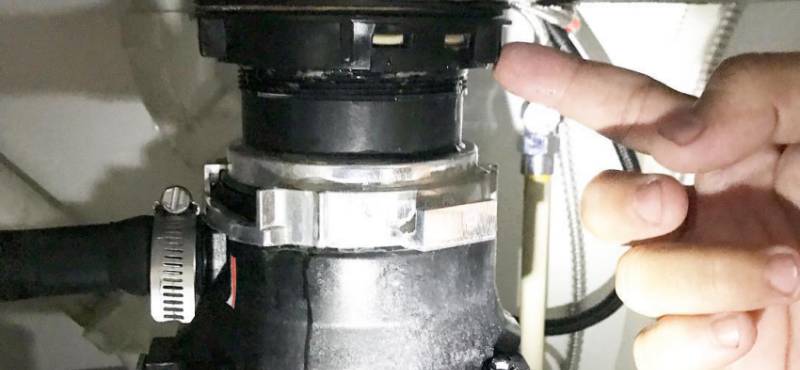What are your concepts about Why Is My Garbage Disposal Leaking From the Bottom??

Waste disposal unit are vital kitchen devices that help in taking care of food waste efficiently. However, a dripping waste disposal unit can be an aggravating and untidy issue to take care of. The good news is, numerous leaks can be fixed easily with a few easy actions. In this article, we will discuss exactly how to repair a leaking garbage disposal properly.
Intro
Garbage disposals are installed under cooking area sinks and are designed to shred food waste into smaller items, enabling it to go through the pipes system easily. While these gadgets are usually reliable, leakages can take place gradually as a result of deterioration, loosened connections, or damage to the device.
Common Reasons For Leakages in Rubbish Disposals
Worn Seals and Gaskets
Seals and gaskets play a crucial role in protecting against water from leaking out of the waste disposal unit. Over time, these parts can weaken, bring about leakages around the disposal unit.
Loose Connections
The links in between the garbage disposal and the plumbing system can end up being loosened in time, triggering water to leakage out throughout procedure.
Cracks or Holes in the Disposal Unit
Physical damages to the waste disposal unit, such as cracks or holes in the real estate, can likewise result in leaks.
Recognizing the Source of the Leakage
Prior to trying to deal with a dripping waste disposal unit, it is essential to identify the resource of the leakage. This can commonly be done with visual inspection or by performing easy tests.
Visual Evaluation
Inspect the garbage disposal system thoroughly for any signs of water leakage. Pay attention to areas around seals, gaskets, and link points.
Testing for Leaks
One way to examine for leaks is by running water through the disposal device and checking for any kind of visible indications of leak.
Devices and Products Needed for Fixing a Dripping Waste Disposal Unit
Prior to starting the repair work procedure, collect the essential tools and products, including a screwdriver, adjustable wrench, plumbing's putty, replacement seals or gaskets, and epoxy or patching material for repairing cracks or openings.
Step-by-Step Guide to Dealing With a Dripping Garbage Disposal
Switch off the Power
Before trying any kind of repair work, make certain that the power to the waste disposal unit unit is turned off to avoid the danger of electrical shock.
Locate the Leak
Recognize the exact place of the leakage and determine the reason.
Tighten Links
Make use of a wrench to tighten up any loose links in between the disposal unit and the plumbing system.
Change Seals or Gaskets
If the leak is due to used seals or gaskets, remove the old elements and change them with brand-new ones.
Patching Fractures or Holes
For fractures or holes in the disposal unit, use epoxy or an ideal patching product to secure the damaged location.
Testing the Garbage Disposal After Repair Work
As soon as the repair service is full, test the waste disposal unit by running water via it to make certain that the leak has actually been resolved.
Preventive Upkeep Tips to Avoid Future Leakages
To prevent future leaks, it is important to carry out routine upkeep on your waste disposal unit. This includes keeping it clean, staying clear of putting non-food products or tough things down the disposal, and occasionally looking for leaks or other concerns.
Verdict
To conclude, taking care of a leaking waste disposal unit is a fairly straightforward procedure that can be completed with standard tools and materials. By adhering to the actions laid out in this write-up and practicing precautionary upkeep, you can keep your garbage disposal in good working condition and stay clear of costly repairs in the future.
What to Do About a Leaking Garbage Disposal
A leaking garbage disposal often goes unnoticed until you confront a sopping cabinet, a foul-smelling puddle, or an audible drip-drip-drip from the unit. The fix can be frustrating, too, because the leak can stem from a number of components in the system. Fortunately, with a little sleuthing, you can zero in on the leak and—depending on the exact location—stop the icky oozing and repair the component that caused it. Worst case scenario, if it turns out that the garbage disposal must be replaced, installing a new one is a reasonable do-it-yourself task for those with basic plumbing skills. Read on to keep the cash you’d otherwise hand over to a pro.
Prepare to find the leak
Prior to testing the garbage disposal for leaks, unplug it at the wall outlet and turn off the power from the breaker box to prevent electrical shock. Then insert a watertight sink stopper into your sink drain and wipe the unit dry with a clean cloth. In any handy container, mix a few drops of food coloring into a few cups of water, and pour the dyed water onto the sink stopper to help you locate the leak.
Investigate the source
the top, where the disposal meets the sink drain the side, where the dishwasher hose or main drain pipe connects to the disposal or the bottom of the unit Inspect each of these locations while gliding a light-colored rag over the unit; the dyed water will readily show on the rag and reveal the location of the leak. If a leak isn’t immediately apparent, remove the sink stopper and pour a few more cups of dyed water down the sink drain, then check for leaks again. Leaks near the top of the unit are more likely to show themselves while the sink is plugged, while side and bottom leaks are more noticeable while the sink is unplugged.
The metal sink flange that sits directly inside the sink drain is typically sealed around the top with plumber’s putty (a clay-like sealant) and then secured from under the sink with bolts. If the plumber’s putty deteriorates, or the bolts loosen, the flange can no longer form a watertight seal between the sink drain and the disposal—which could cause a leak at the top of the unit.
To reseal the leaky flange, you must first detach the garbage disposal. Start by loosening the screws securing the main drain pipe to the disposal, then loosen the screws in the metal clamp securing the dishwasher hose to the disposal and detach the drain pipe and dishwasher hose from the disposal. Loosen the screws in the mounting ring that connects the disposal to the metal mounting assembly beneath the sink, then pull down the disposal and carefully set it on a clean, dry surface. Loosen the bolts in the mounting assembly with a wrench, then pull down the mounting assembly and set it near the disposal.

I stumbled upon that review on How to fix a pretty consistent leak from my garbage disposal while browsing the internet. Kindly take a moment to share this post if you enjoyed it. We love reading our article about The Handy Guide To Fixing Your Garbage Disposal Leaking.
Call Today